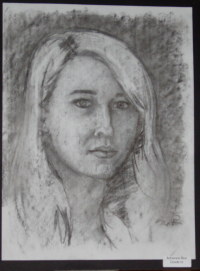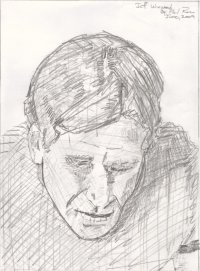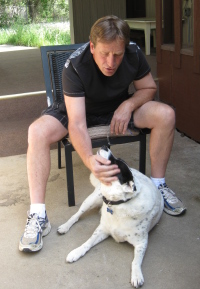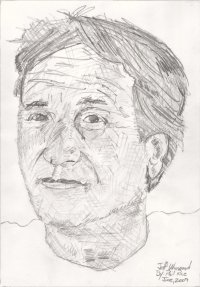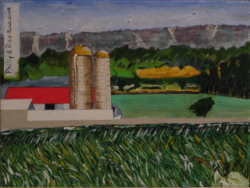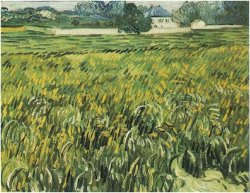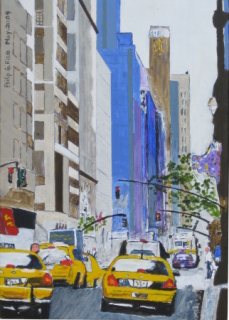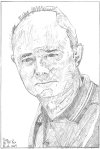
This is a short essay I sent to my parents and my older brother when I sent them prints (xerox copies) of my pencil sketches.
How to Enjoy Bad Art
As someone who creates and produces bad art – it’s important for me to make sure my audience understands the importance of proper viewing technique.
As I near the completion of a sketch – I get to the point where I look at it (even though it’s not quite finished) and evaluate the quality. I ask myself the question – is this any good? Or not?
Pretty much every time, my initial reaction is – this is terrible. I hate it. I am embarrassed to even consider the prospect of anyone else seeing this. It’s hard for me to keep from throwing the nearly completed drawing in the trash, much less to finish the project. Seriously.
One of the questions/issues/problems for a pencil sketch is knowing when to stop. I tend to stop fairly early which means my drawings tend to be (if anything) too light. I do not have the problem of too dark.
But somehow I manage to “finish” up, and I take another look to see if I like it any better. And the answer is “no”. It stinks.
This is what I do. I tape the sketch on my bedroom wall. Then I take 3 steps backward. As if by magic, the bad art becomes suddenly better. If I give it a few days, and view from different distances, angles, and lighting – my opinion gradually improves.
My suggestion to my viewers/audience is to tape the sketch directly to the wall at about eye level, roughly 6 feet high. It’s best to use drafting tape, but I’ve had good luck with masking tape.
It’s important to put the sketch somewhere with enough room to back up and view from a distance. The farther away you can get, the better the art is – so you may need to buy a bigger house.
Rembrandt himself, explicitly warned a client from viewing his painting from too close a range. Rothko (on the other hand) suggested 18 inches. What does that tell you? It says that my art is more like Rembrandt than Rothko. So I’ve got that going for me.
